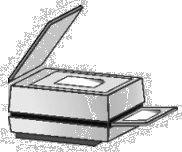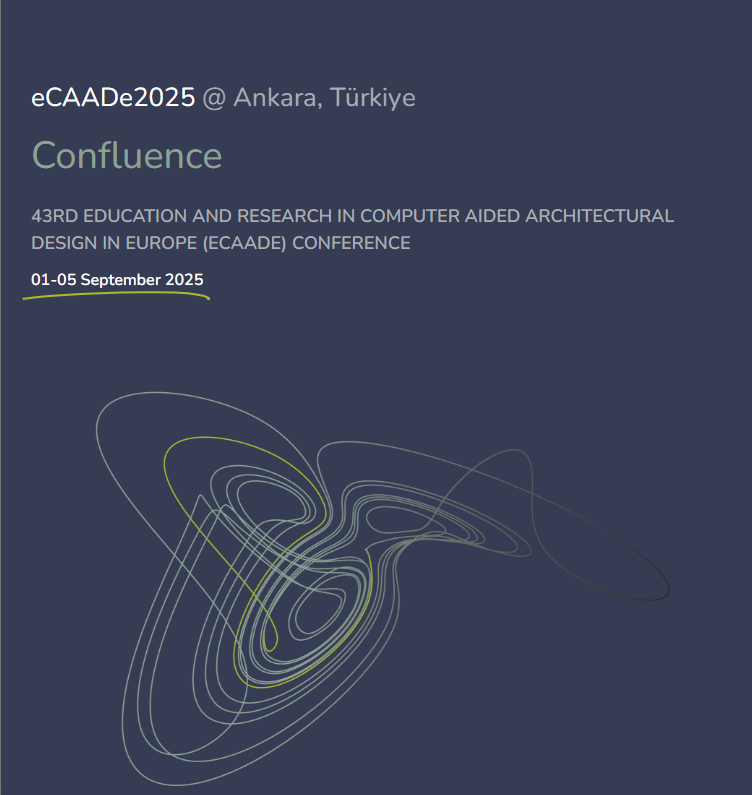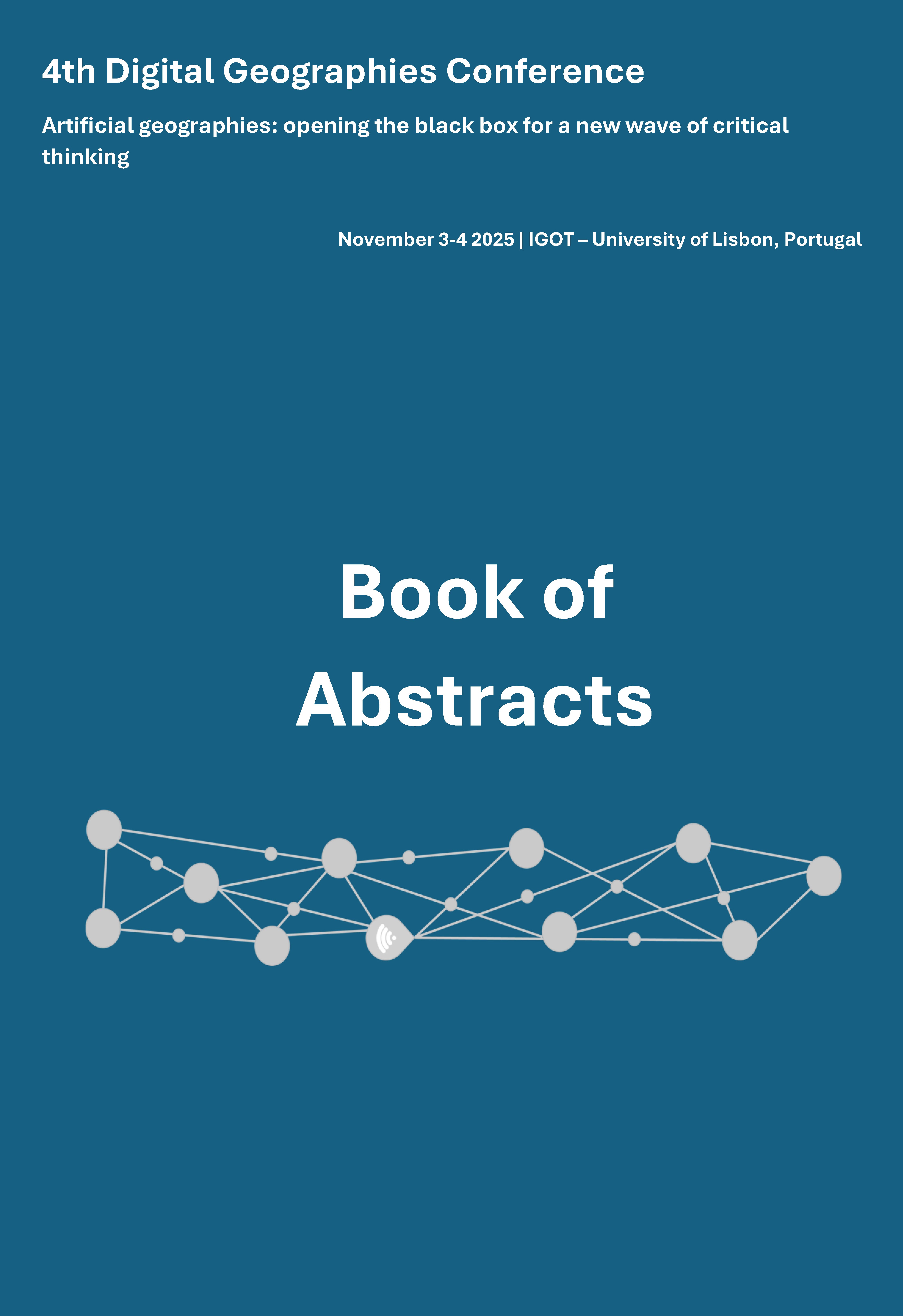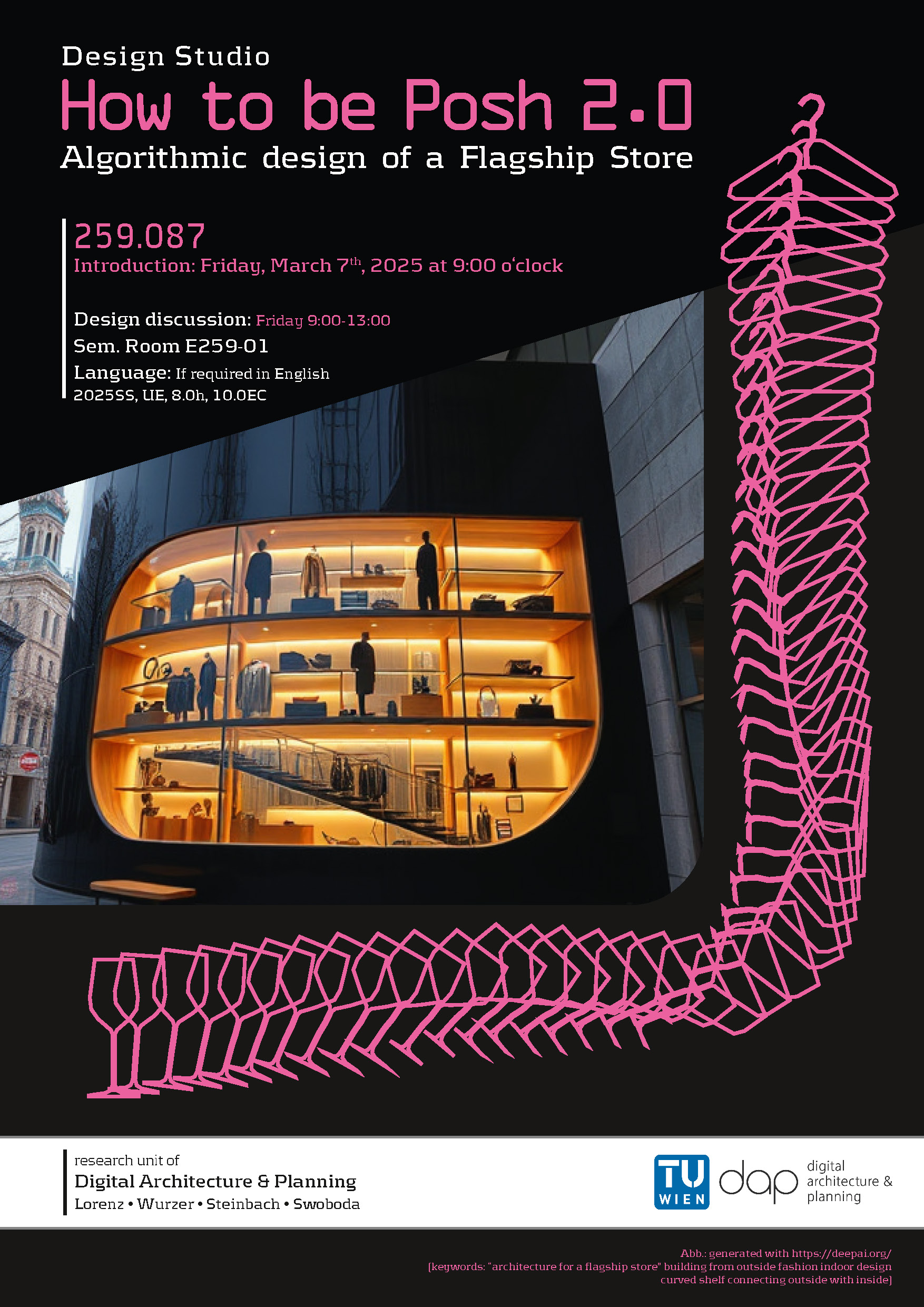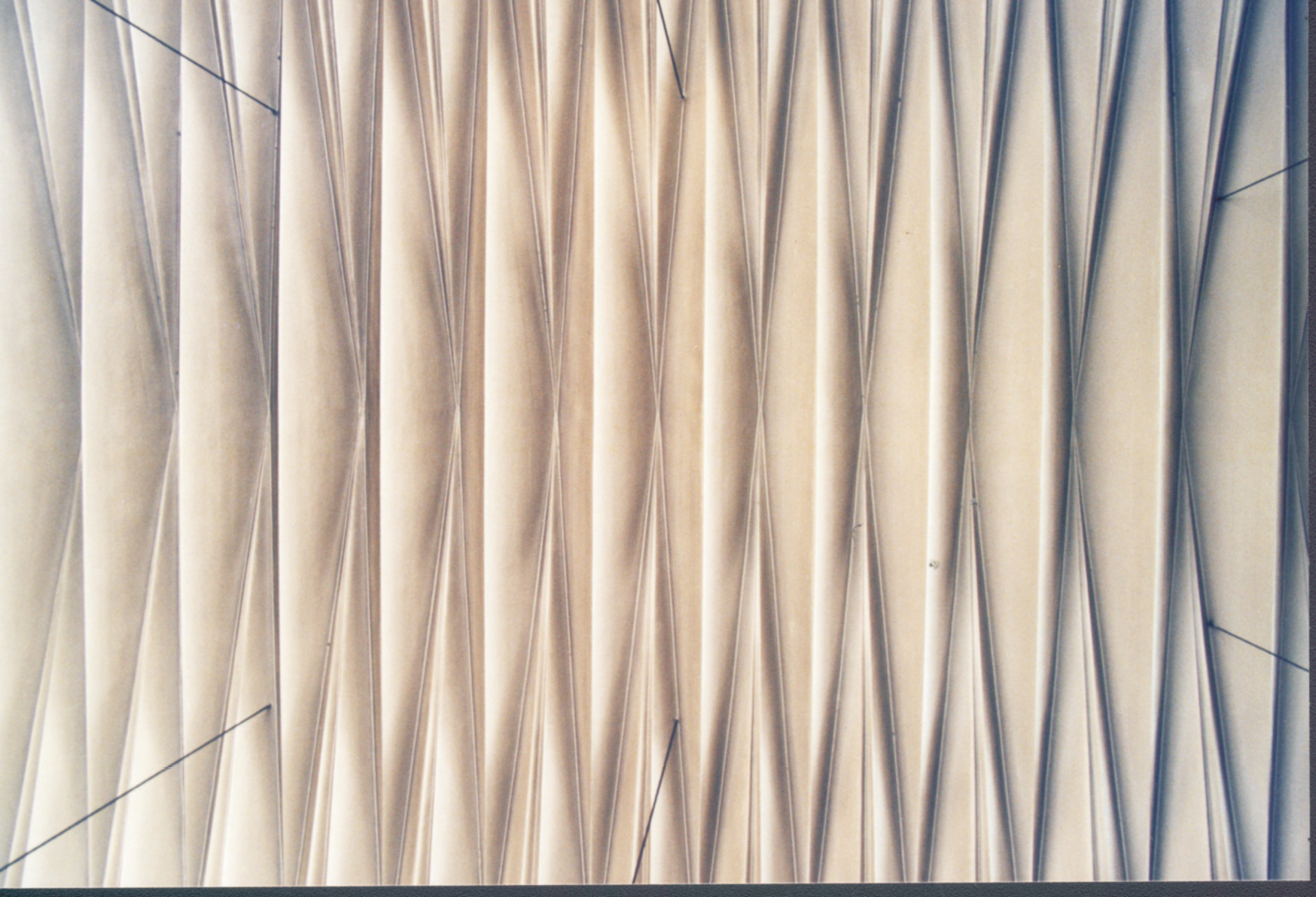2.2.2 Characteristics - A Fractal is Self-Similar
2.2.2.a Self-Similar and Self-Affine
Fractals are always self-similar, at least in some general sense - what does that mean? That means that on analysis of a certain structure will bring up the same basic elements on different scales. For example, details of a certain coastline look like larger parts of the whole curve; the characteristic - the irregularity - of this natural form remains the same from scale to scale. In this way fractals can also be described in terms of a hierarchy of self-similar components - e.g. trees and branches or town-, district- and local-centers.
Any structure is self-similar if it has under-gone a transformation in which the proportions of the structure have all been modified by the same scaling factor. The new shape may be smaller, larger, rotated, and/or translated, but its shape remains similar, which means that the relative proportions of the shapes’ sides and the internal angles remain the same[01] - these transformations can be produced by a reduction-copy machine as shown in picture 02. Fractals produced by self-similar transformations are “true” fractals, the underlying algorithm is the same from scale to scale - zooming into such a fractal shows an object, which is the same as the whole. These "perfect" fractals may produce objects which look similar to nature, but there is mostly something missing - the factor of random. Nevertheless they can be used as a first approach to nature instead of Euclidean objects- remember: “... trees are no spheres”.

